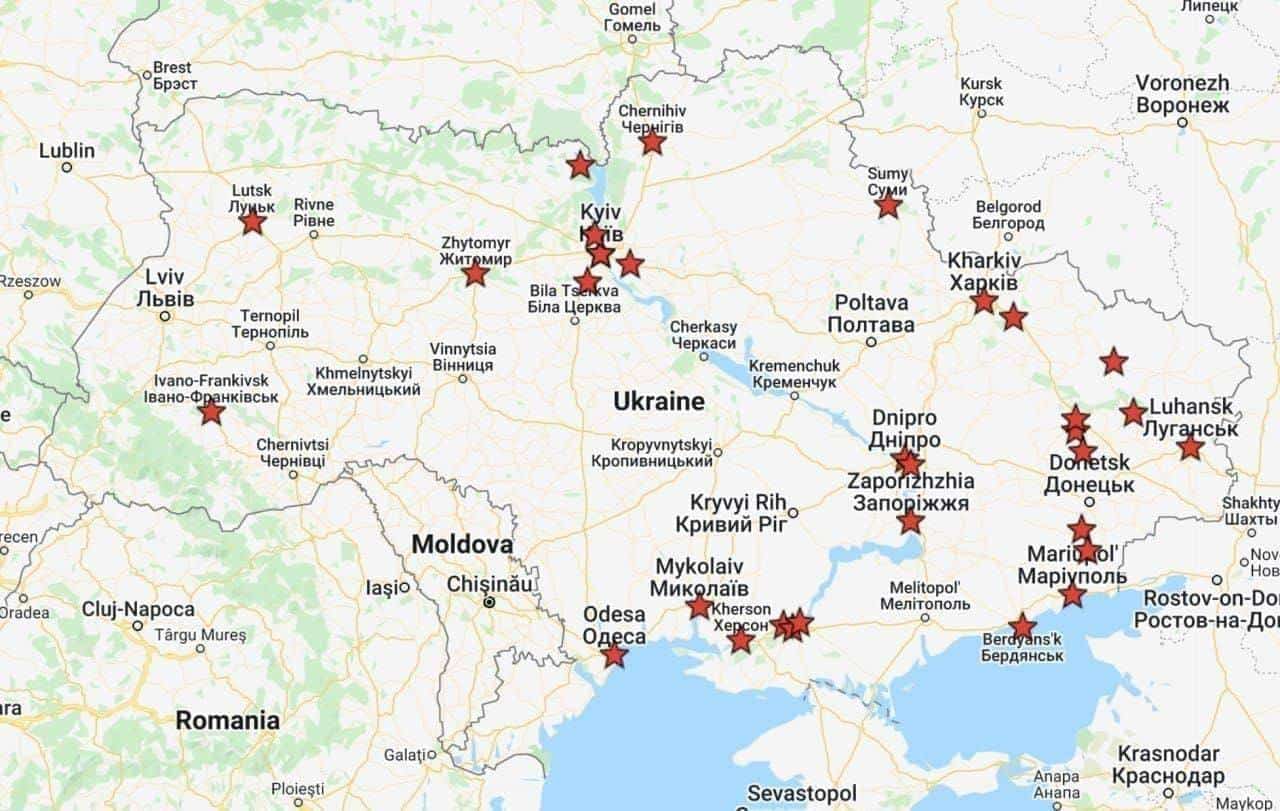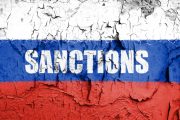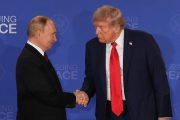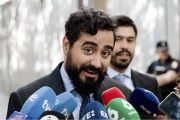
Russian President Vladimir Putin declared a “special military operation for the demilitarization and de-Nazification of Ukraine” early Thursday. The chilling announcement was immediately followed by reports on missile strikes on military facilities across Ukraine, propelling the country located in a geographical hub of Europe into war.
In his television announcement at 6:00 a.m. Moscow Time, 10:00 p.m. EST, Putin announced that “the leading NATO countries, in order to achieve their own goals, support extreme nationalists and Neo-Nazis in Ukraine” who “will never forgive the Crimeans and Sevastopol residents for choosing reunification with Russia,” referring to the events of 2014, when Russia annexed the Ukrainian peninsula Crimea, home of a Russian large naval base at Sevastopol. Those “Neo-Nazi” forces, Putin claimed, were ready to “crawl” into the Crimea and two pro-Russian separatist republics in the Donbas region — Donetsk and Luhansk People’s Republics, DPR and LPR, respectively — “in order to kill.”
He continued,
We have been left with no other option to protect Russia and our people, but for the one that we will be forced to use today. The situation requires us to take decisive and immediate action.
Announcing the “special military operation,” Putin said that its goal was to “protect people who have been subjected to abuse and genocide by the regime in Kyiv for eight years.”
Putin oddly claimed his plans “do not include occupation of Ukrainian territory,” and that “we are not going to impose anything on anyone by force.”
Arguably hinting at the nuclear option, Putin specifically underlined that “Russia will respond immediately” to anyone who tried to intervene in Ukraine. “You will have consequences that you never have had before in your history,” he said, adding, “We are ready for any developments, and all arrangements and decisions have been made already.”
(The full text of Putin’s speech in English can be found here).
Almost immediately, the Russian military command ordered airstrikes on Ukrainian military facilities. According to The New York Times, the operation started before dawn on Thursday, when Russian forces crossed into Ukraine at multiple points, “with helicopter-borne troops flying in under the cover of machine-gun fire, naval units coming ashore from the Black Sea and military vehicles crossing from Crimea, the peninsula that Russia seized in 2014.”
As of Thursday late afternoon, Moscow Time, the Russian Ministry of Defense reported it destroyed a total of 74 military objects in Ukraine, including 11 military airfields, three command posts, and 18 radiolocation stations of anti-missile systems. Besides those above-ground military infrastructure facilities, the ministry said it destroyed one military helicopter and four unmanned aerial vehicles (UAVs).
The Russian airstrikes were geographically widespread. They hit Ukraine from the eastern city of Luhansk to the western city of Ivano-Frankivsk, and from Odessa, Mykolaiv, and Kherson in the south to the cities of Chernobyl and Senkivka in the north. Other hubs, including the capital city of Kyiv, and Kharkiv, Ukraine’s second largest city, were also attacked.

The attacks on Chernobyl, the site of the world’s worst nuclear accident in 1986, is especially troubling for Ukraine. Ukrainian president Volodymyr Zelenskyy said that Russian forces stationed in Belarus were trying to seize it from the north. “If the invaders’ artillery hits and ruins/damages the collectors of nuclear waste, radioactive nuclear dust can be spread over the territory of Ukraine, Belarus and the country of the EU!” warned Ukrainian Advisor to the Interior Ministry Anton Gerashchenko.
Ukrainian officials reportedly said that more than 40 troops were killed and dozens wounded in fighting. They added that Ukraine was able to shoot down several Russian jets and a helicopter. The army was said to be engaged in fierce battles all along a broad front line, following the initial airstrikes.
Ukraine’s Ministry of Defense posted, “The situation is under control,” and urged Ukrainians to remain “clam and confident.”
Two hours later, however, Zelenskyy announced martial law, meaning that many of the constitutional rights and liberties of Ukrainians are put on hold. Ukraine’s airspace is closed.
Zelenskyy also promised to provide Ukrainians willing to defend the county with weapons. “We will give weapons to anyone who wants to defend the country. Be ready to support Ukraine in the squares of our cities,” he said in a statement. “We will lift sanctions on all citizens of Ukraine who are ready to defend our country as part of territorial defense with weapons in hands.”
The Ukrainian military does not stand a chance against Russia, as there is a dramatic imbalance between the two nations’ military capabilities across the board.
While calling on anyone who is willing to help, Zelenskyy, naturally, proposes to “come back to the path of peace,” saying that “it was not Ukraine that chose the path of war.”
“What we have heard today are not just missile blasts, fighting and the rumble of aircraft. This is the sound of a new iron curtain, which has come down and is closing Russia off from the civilized world. Our national task is to make sure this curtain does not fall across our land,” he stated.
The U.K. was one of the first countries to impose new sanctions on Russian banks and individuals.
The 27-nation group of European nations said it was freezing assets and imposing visa bans on high-ranking Russian officials that include the heads of Russia’s army, navy, and air force. It also hit Putin’s inner circle, including his chief of staff, the editor-in-chief of state-run English-language television channel RT Anton Vaino, defense minister Sergei Shoigu, and 22 other individuals, according to the EU’s official journal.
President Joe Biden is expected to unveil new measures that could cut off Russia from advanced technology, announce new restrictions on large financial institutions, and introduce new personal sanctions on Putin’s wingmen.





